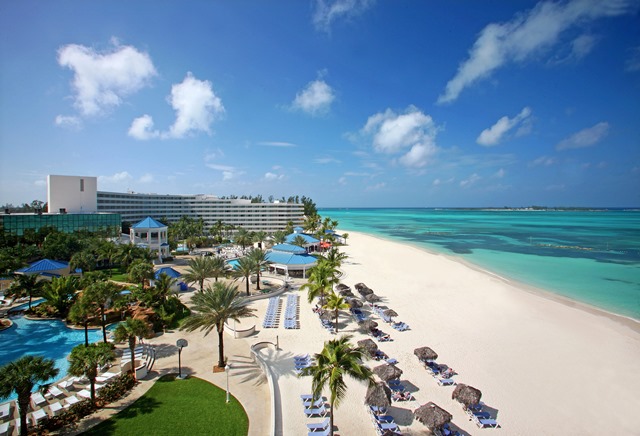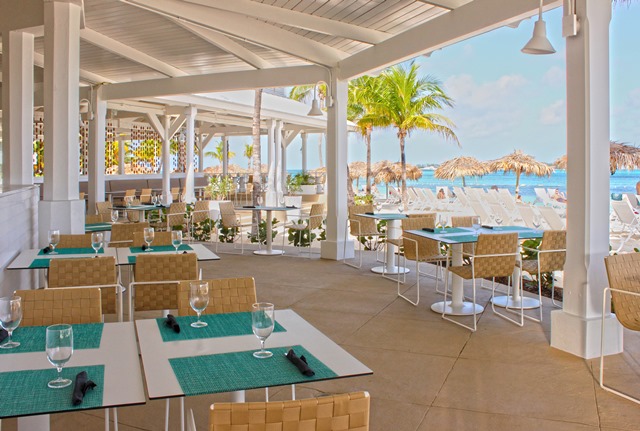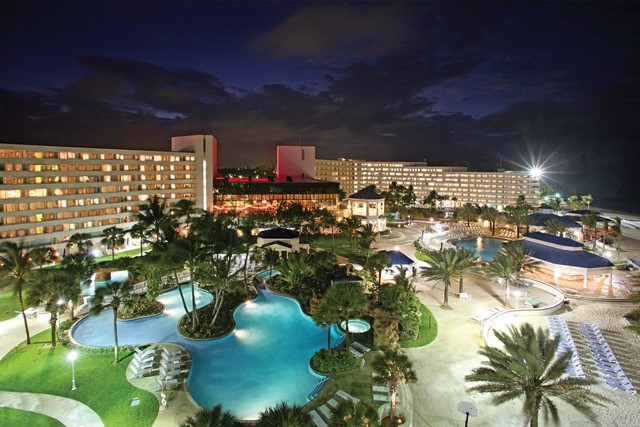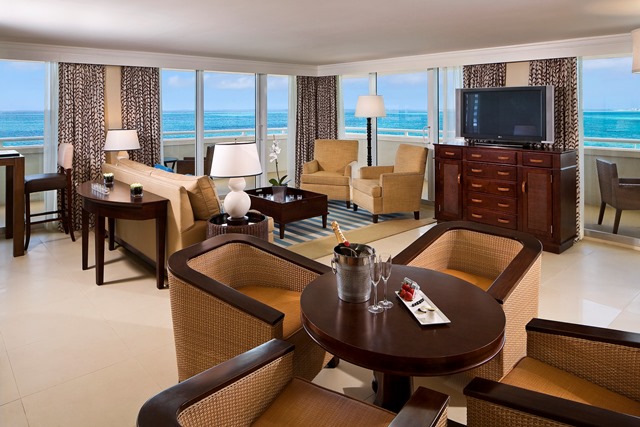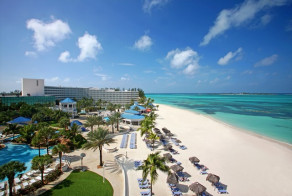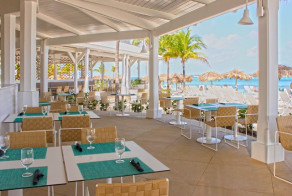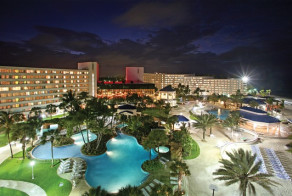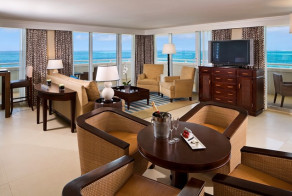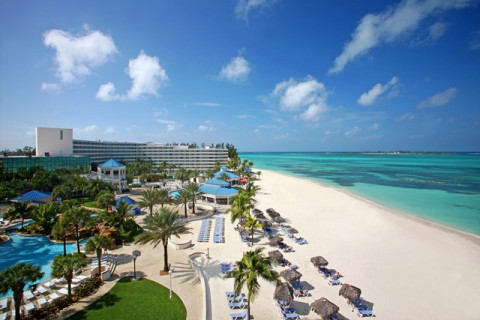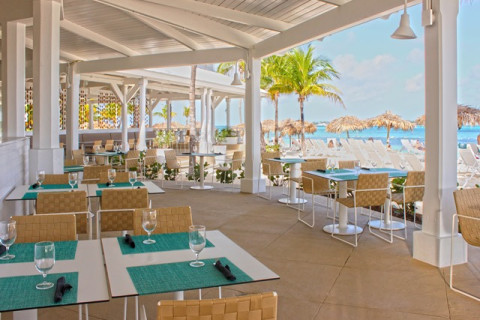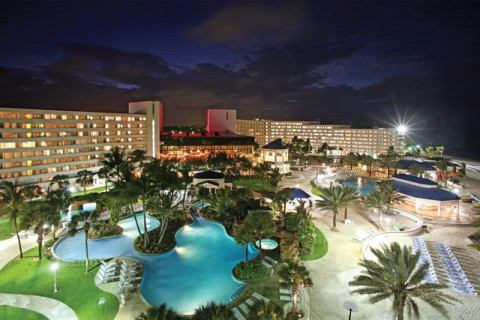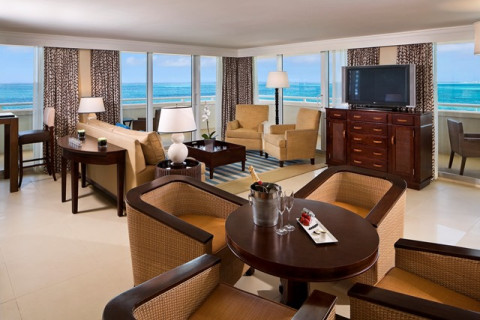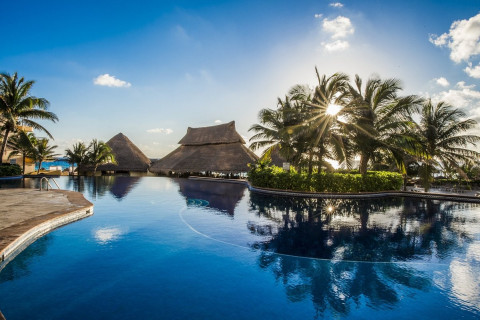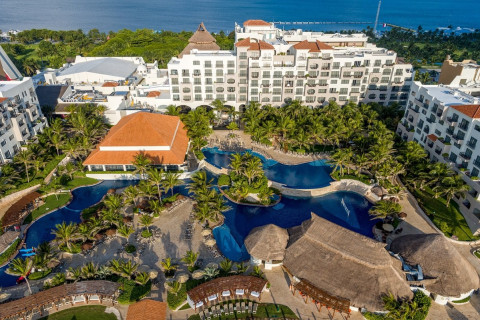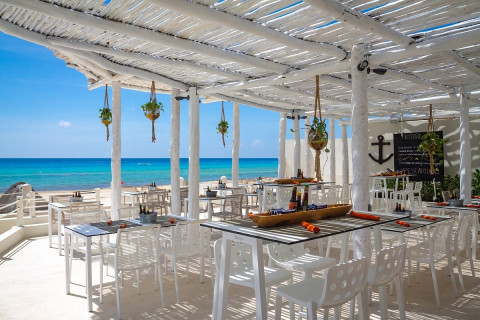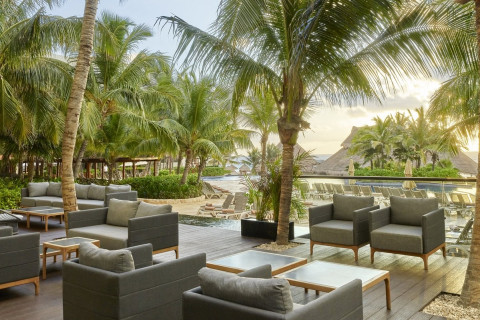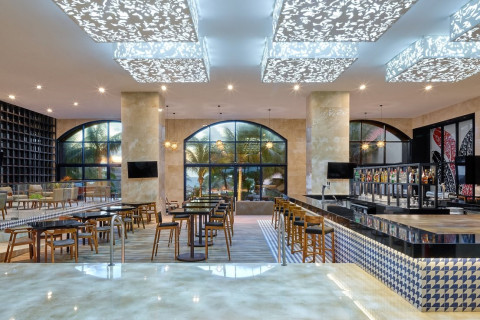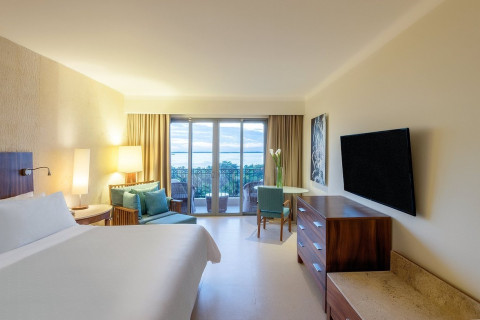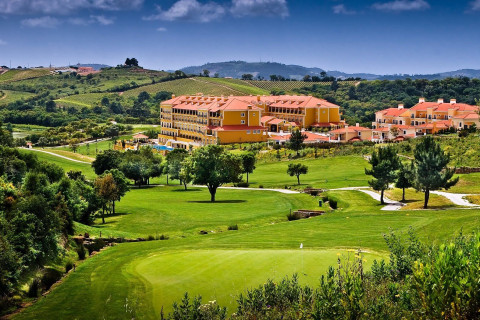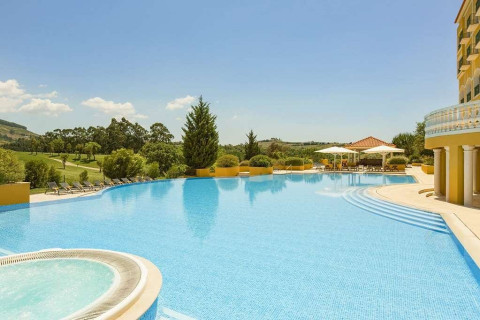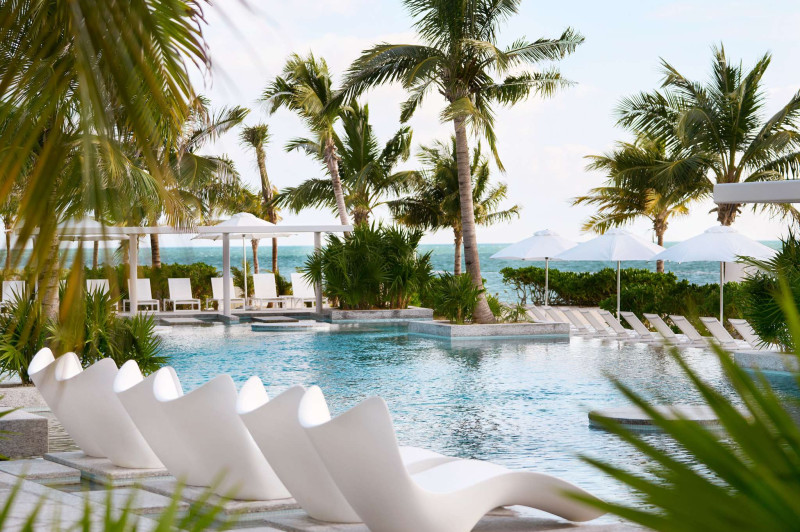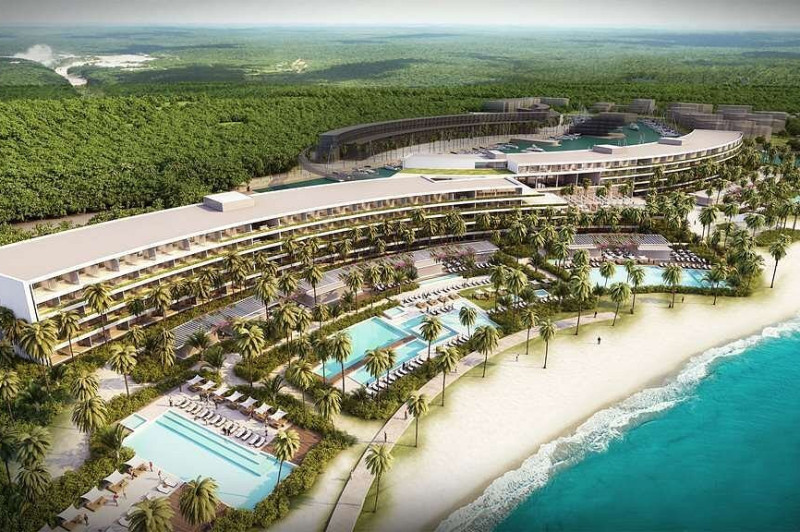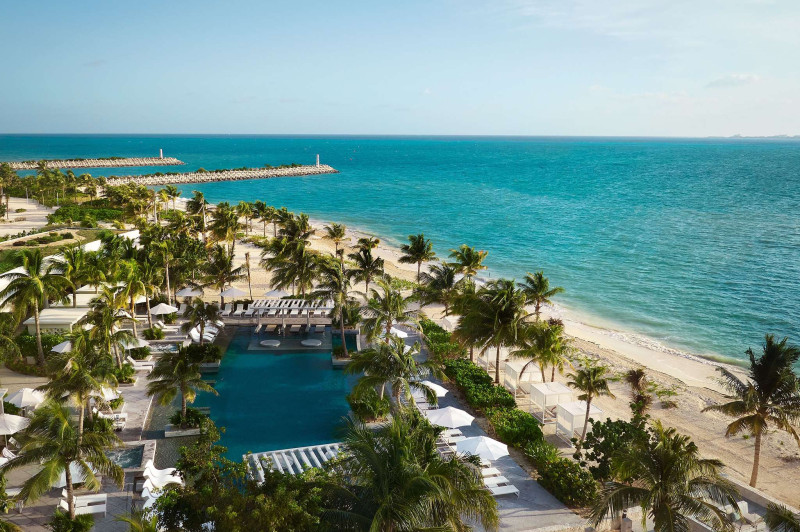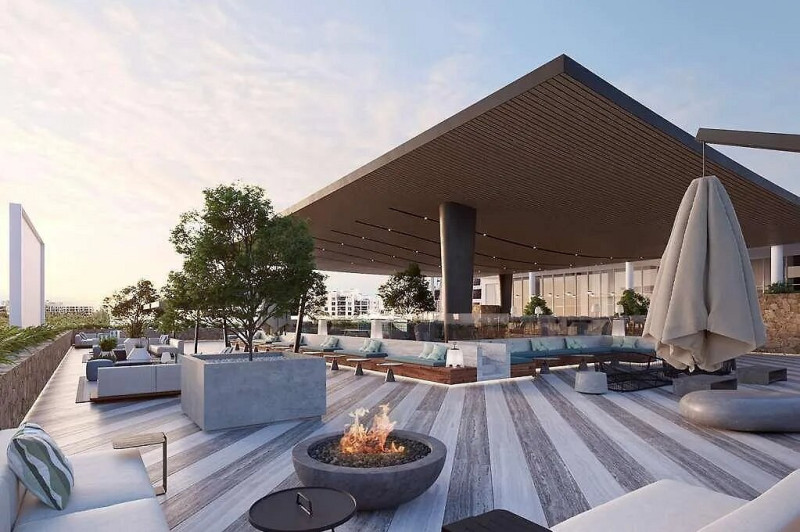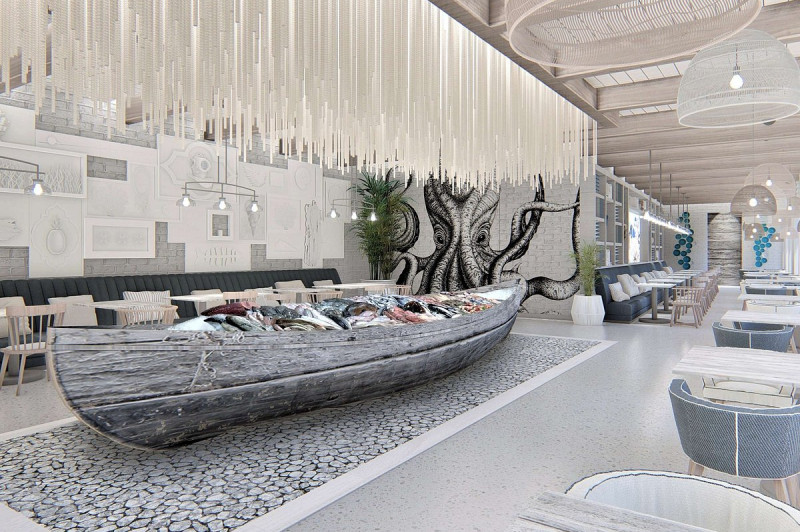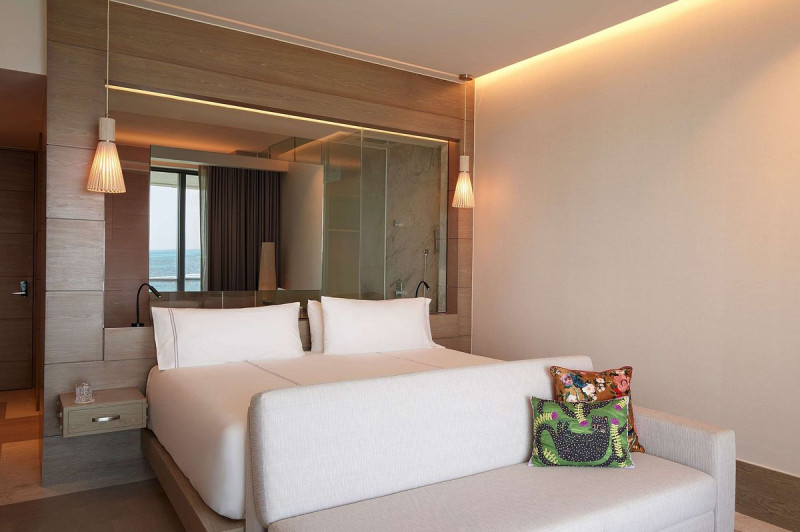- Home
- Past Conferences
- 3rd Bacterial Cell Biology Conference
3rd Bacterial Cell Biology Conference
#BCB20
26 Feb - 29 Feb 2020
Nassau, Bahamas
-

Christine Jacobs-Wagner
Stanford University/HHMI
-
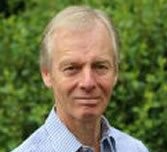
Jeff Errington
The University of Sydney
Early Bird - Expired • Talk Submission - Expired • Poster Submission - Expired • Registration & Payment Deadline - Expired
Report
The 3rd Bacterial Cell Biology Conference was held at the Meliá Beach Hotel and Resort in Nassau, Bahamas, from the 26th – 29th Feb 2020. There were 57 attendees (23 female/34 male) and the organisers were Prof Christine Jacobs-Wagner from Stanford University and Prof Jeff Errington from Newcastle University in the UK. The programme included 19 longer (30 min) presentations from invited speakers and 11 short talks (15 min) selected from submitted abstracts. Attendees came from all around the world including 11 different countries and 4 continents. The talks covered all of the major functions of bacterial cells, especially the cell cycle and cell morphogenesis, and touched on a range of interesting and unusual organisms, as well as the “usual suspects” – model organisms E. coli, B. subtilis and Caulobacter. Virtually all of the talks were followed by intense and interesting Q&A discussions. Delegates also commented that it was really unusual to go to a meeting in which almost all of the talks were of real interest.
The poster sessions were very effective and the 1-minute poster talks provided a great way for presenters to showcase their work and encourage delegates to go to their posters. An innovation (for us) was the idea of having an electronic voting system for best posters, in which everyone at the meeting was encouraged to vote. The three poster prizes of $250 each went to the following people. Jonathan Chapman, Newcastle University, “Uncovering the specialised metabolites behind mycetoma”. Laura Nolan, Imperial College London, “Using insider information to identify novel antibacterial targets”. Jan Falguera, University of Toronto, “The effect of DNA damage on cell division in the filamentous bacterium Streptomyces”.
The conference venue was great. Although a long haul flight from Europe, the warm and sunny Bahamian weather was very much appreciated, and by timing the conference in the low season, and using an all inclusive resort, the Fusion staff were able to solve many of the conference organization issues such as timing of lunches, dinners and refreshment breaks. A couple of hours during the afternoons were kept free for time at leisure and the chance to enjoy the sea and sand.
Overall, this was a very successful meeting. Its relatively small and intimate scale enabled all of the junior delegates to meet and interact with all of the senior scientists in the field. The breadth of the topics and quality of the speakers (almost all of the top international scientists we approached agreed to speak) provided delegates with an up to date view across the field of bacterial cell biology. We hope to be able to hold the 4th meeting of the series in 2 or 3 years’ time.
We would like to thank the media partners and sponsors for their generous support. Most of all, we would like to thank the Fusion organization, especially Jack Peters, for their extremely helpful and professional handling of all aspects of the meeting. The arrangements for food, accommodation and the conference rooms were all outstanding.
*Written by conference chairs Jeff Errington and Christine Jacobs-Wagner
Synopsis
Student Offer
Take advantage of this fantastic opportunity for students! Register an academic at the earlybird rate and bring a student for only $850. Unfortunately, Postdocs are not eligible for this offer. Both registration packages include; accommodation for the 26, 27, 28 February 2020 (on a shared basis for students) and a 24hour all-inclusive food and beverage package for the conference period. Once registered, please contact Jack Peters to obtain a special registration link for your student.
This meeting is a continuation of the Zing Conferences Bacterial Cell Biology series. In the last two decades there has been an explosion of interest in fundamental aspects of bacterial structure and function, based on advances in fluorescence and cryo-EM imaging. In the last few years, quantitative and automated methods have brought about radical changes in the breadth and depth of studies, leading to important mechanistic discoveries. Meanwhile, genome sequencing and genetic methods such as CRISPR-Cas9 and Tn-Seq have greatly expanded the range of organisms that can be studied incisively, enabling comparative studies of processes such as growth, morphogenesis and division, across diverse bacterial phyla. The conference will bring together presentations illustrating the application of advanced cell and molecular biology methods to a wide range of basic functions in bacterial cells. Advances in understanding of the fundamentals of bacterial structure and function also create opportunities for the development of novel approaches to kill or modulate the growth and behaviour of bacterial cells.
Specific sessions are likely to cover the following areas.
- Cell morphogenesis
- Cell division
- Chromosome replication and segregation
- Cell biology of transcription and translation
- Advances in imaging
- Diversity in bacterial structure and function
- Bacterial communities and signalling
- Bacterial chemical biology
Confirmed Invited Speakers
Thomas Bernhardt (Harvard University)
REGULATION OF CELL WALL REMODELING AT THE CELL DIVISION SITE
Melanie Blokesch (EPFL, Lausanne)
MOLECULAR MECHANISMS AT PLAY IN VIBRIO CHOLERAE’S ENVIRONMENTAL LIFESTYLE
Yves Brun (Université de Montréal)
A BIFUNCTIONAL ATPASE DRIVES TAD PILUS EXTENSION AND RETRACTION
Cees Dekker (Delft University of Technology)
BIOPHYSICS STUDIES ON THE SHAPING OF CHROMOSOMES
Ethan Garner (Harvard University)
SERINE KINASES, RESPONDING TO LIPID II, CONTROL THE RATE OF CELL GROWTH BY MODULATING ROD COMPLEX ACTIVITY
Stephan Gruber (University of Lausanne)
HOW DOES ParB CTPase STEER CHROMOSOME SEGREGATION?
Grant Jensen (Caltech)
UPDATES ON WHAT WE’VE LEARNED SO FAR ABOUT BACTERIAL CELL BIOLOGY FROM ELECTRON CRYOTOMOGRAPHY
Petra Levin (Washington University in St. Louis)
SHAPING THE CELL FROM THE OUTSIDE IN
Jun Liu (Yale School of Medicine)
VISUALIZING BACTERIAL NANOMACHINES AT HIGH RESOLUTION
Joe Lutkenhaus (University of Kansas Medical Center)
REGULATION OF SEPTAL PG SYNTHESIS
Tam Mignot (CNRS, Paris)
A MULTISCALE ANALYSIS OF BACTERIAL PREDATION
Heath Murray (Newcastle University)
IDENTIFICATION OF A BASAL SYSTEM FOR BACTERIAL CHROMOSOME ORIGIN UNWINDING
Johan Paulsson (Harvard Medical School)
GENERAL PRINCIPLES FOR TIMING AND OSCILLATIONS IN STOCHASTIC REACTION SYSTEMS
Mariana Pinho (ITQB, Universidade Nova de Lisboa)
REASSESSMENT OF THE DISTINCTIVE GEOMETRY OF STAPHYLOCOCCUS AUREUS CELL DIVISION
Liz Sockett (Nottingham University)
PREDATORY CELL BIOLOGY OF BDELLOVIBRIO
Lotte Sogaard-Andersen (Max Planck Institute for Terrestrial Microbiology)
REGULATION OF DYNAMIC CELL POLARITY IN MYXOCOCCUS XANTHUS BY SPATIAL CONTROL OF THE SMALL GTPase MglA
Waldemar Vollmer (Newcastle University)
PEPTIDOGLYCAN SYNTHESIS AND REMODELLING
Suzanne Walker (Harvard Medical School)
STAPHYLOCOCCUS AUREUS CELL SIZE IS REGULATED BY CELL WALL HYDROLASE COMPLEXES
Jie Xiao (Johns Hopkins University)
REGULATION AND ORGANIZATION OF BACTERIAL SEPTAL CELL WALL SYNTHESIS
Target Audience
The conference should attract all of the major players in the bacterial cell biology field, of which there are probably 50 or so significant groups world wide. It will also attract many microbiologists with a general interest in microbial cell function who would badge themselves as molecular biologists or microbial biochemists.
The talks will cover a wide range of topics and PhDs, post-docs and group leaders will all benefit by being brought up to date with developments across the field.
Educational Need
Bacterial cell biology underpins important applied research areas such as infectious disease, antimicrobial discovery and development, and synthetic biology, but it is not really taught as a discipline in its own right, now that microbiology degree courses have all but disappeared. The modern discipline, which has emerged in the last 20 or so years, covers a wide range of technical methods and can be highly quantitative, as well as covering a diversity of organisms and mechanistic problems. The conference presentations will collectively provide a comprehensive grounding in all major facets of the field, bringing new comers to field, at all levels (pre- and post-doctoral, and group leaders switching fields), up to speed.
Confirmed Speakers
Chairs

Christine Jacobs-Wagner
Professor, Stanford University/HHMI

Jeff Errington
ARC Australian Laureate Fellow, The University of Sydney
Invited Speakers

Heath Murray
Professor of Bacterial Genetics, Newcastle University
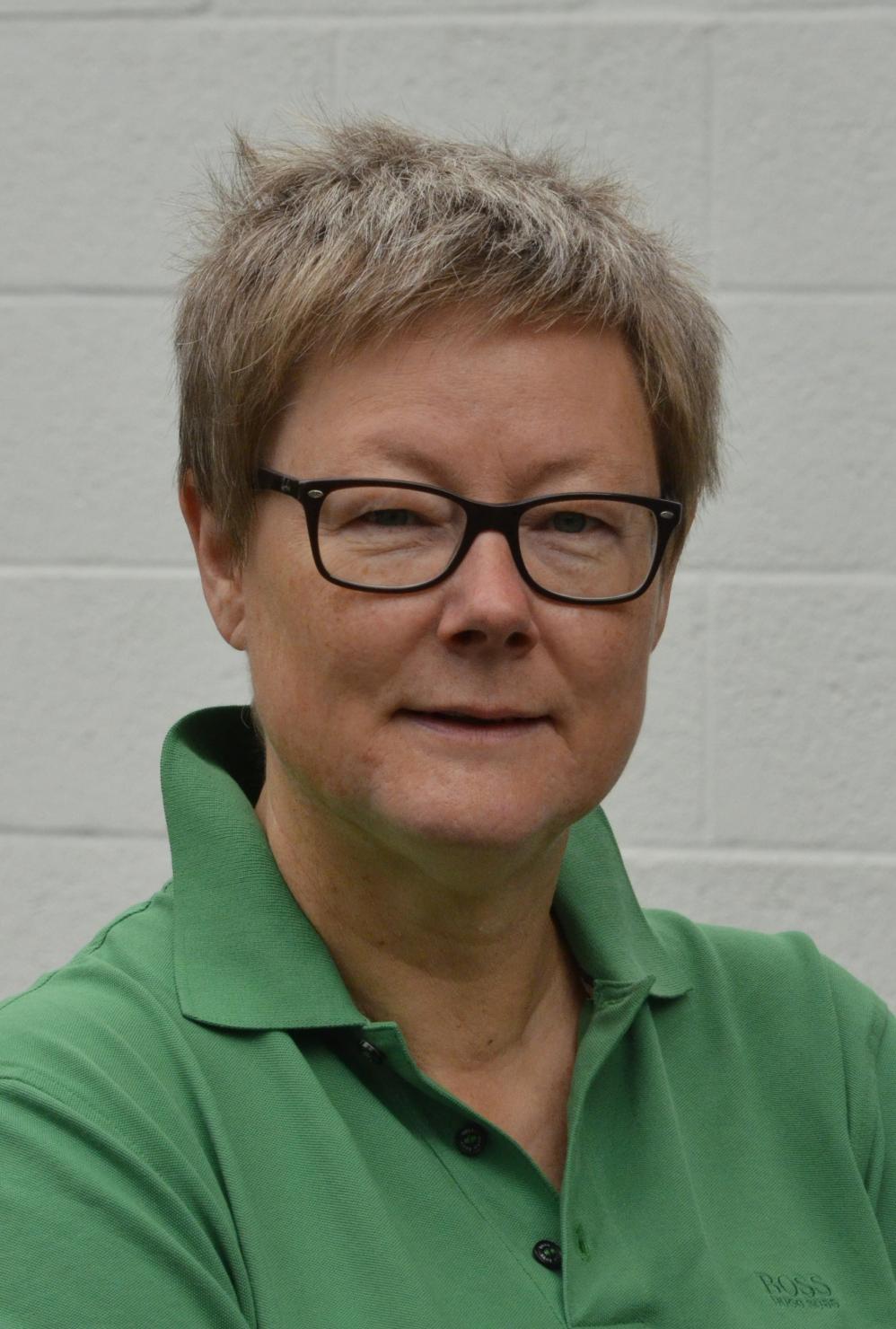
Lotte Sogaard-Andersen
Director, Max Planck Institute for Terrestrial Microbiology
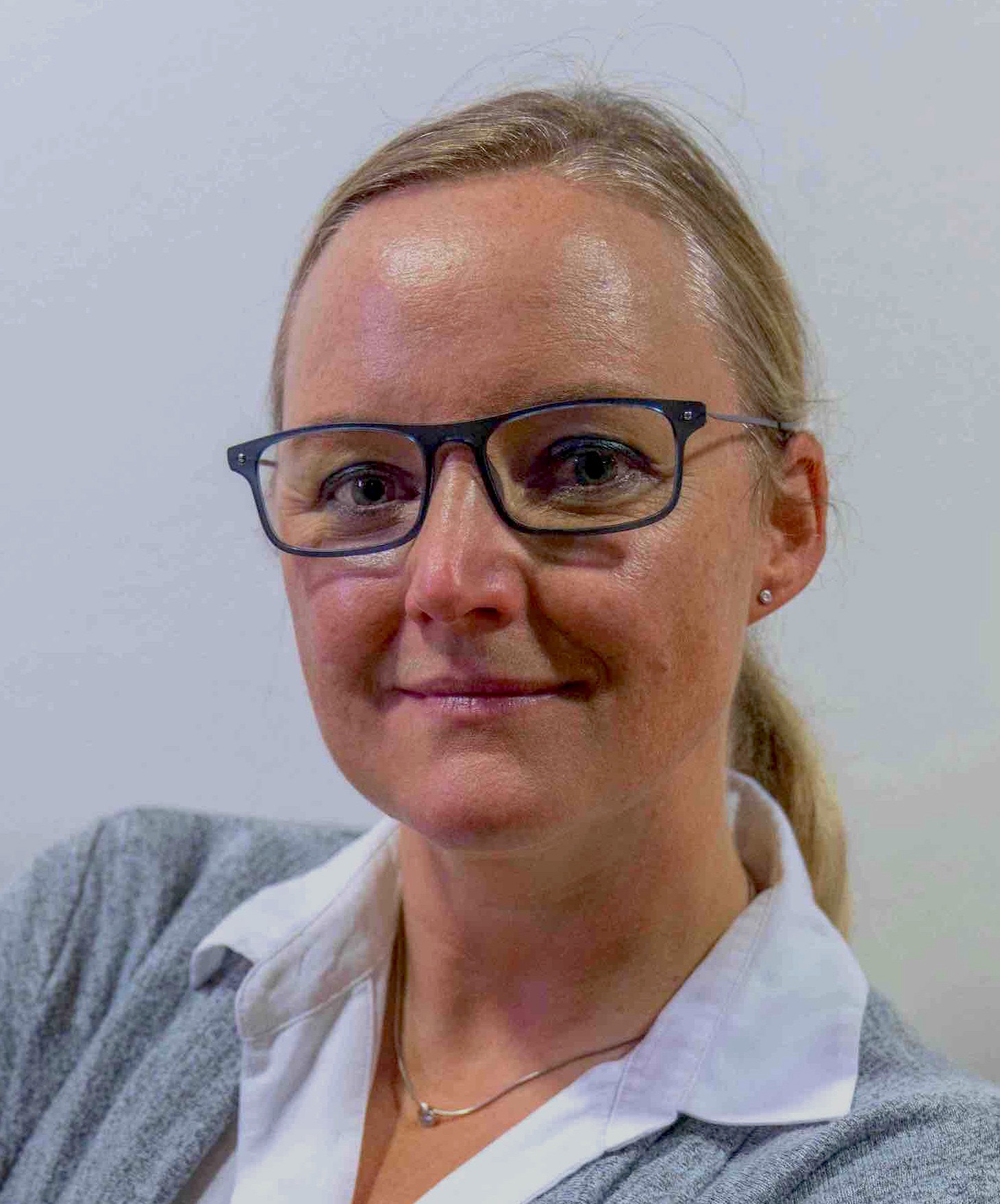
Melanie Blokesch
Professor, Swiss Federal Institute of Technology Lausanne (EPFL)
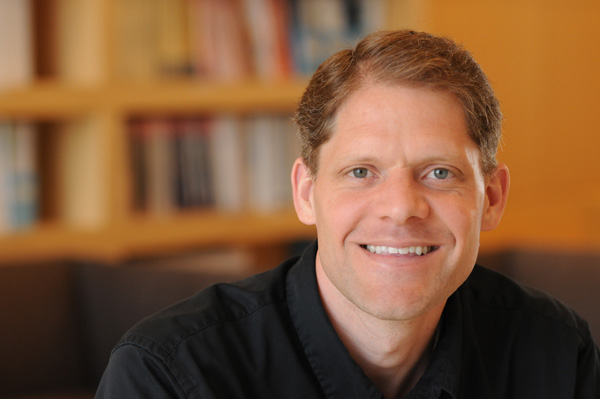
Grant Jensen
Professor of Biology and Biophysics, California Institute of Technology
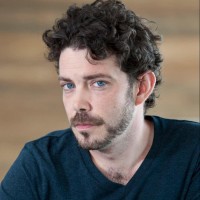
Ethan Garner
Professor, HARVARD UNIVERSITY

Waldemar Vollmer
Professor of Bacterial Biochemistry, Newcastle University
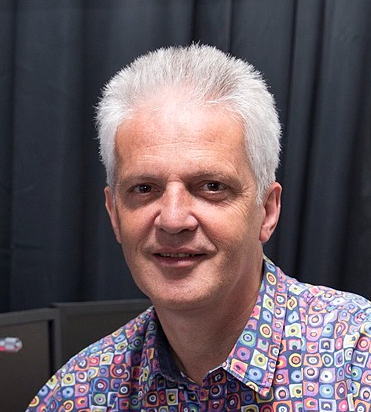
Cees Dekker
Proffesor, Delft University of Technology

Thomas Bernhardt
Professor, Harvard Medical School
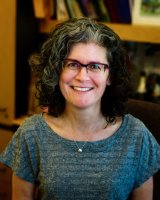
Petra Levin
Professor, Washington University
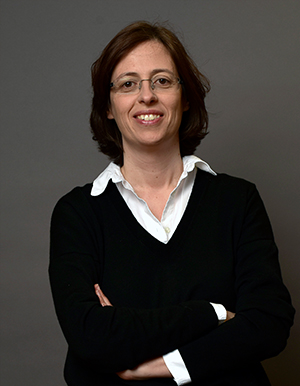
Mariana Pinho
Associate Professor, Universidade Nova de Lisboa

Suzanne Walker
Professor, Harvard Medical School
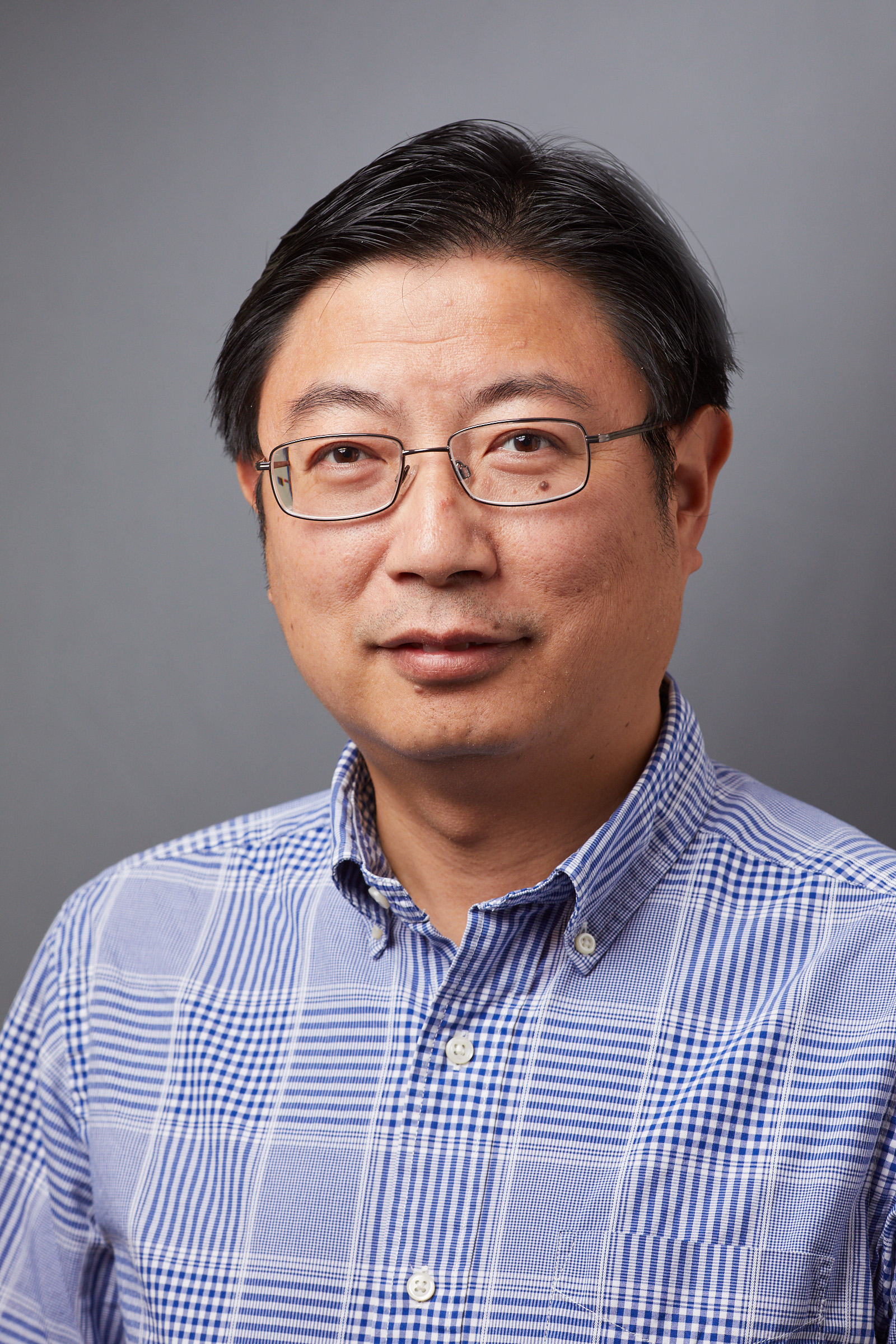
Jun Liu
Associate Professor, Yale University
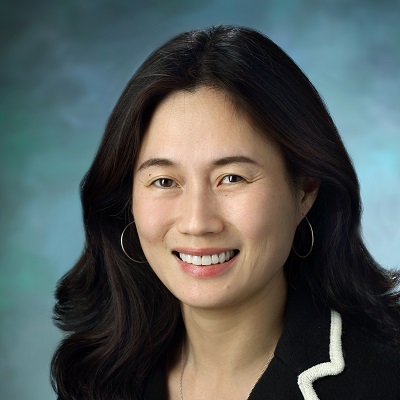
Jie Xiao
Professor, Johns Hopkins School of Medicine
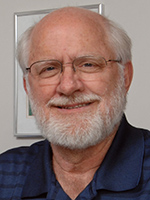
Joe Lutkenhaus
Professor, University of Kansas Medical School

Tâm Mignot
Director, CNRS-Aix Marseille University
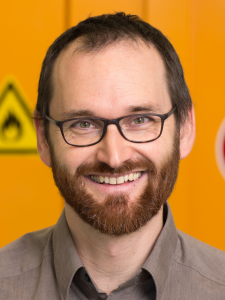
Stephan Gruber
PI, University of Lausanne

Yves Brun
Professor, Université de Montréal
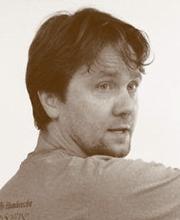
Johan Paulsson
Professor, Harvard Medical School
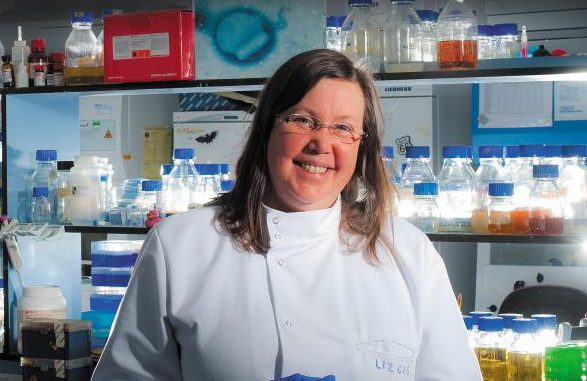
Liz Sockett
Professor of Bacterial Genetics, University of Nottingham
Programme
WEDNESDAY 26TH FEBRUARY |
|||
|
14:15 – 15:15 |
Student Networking Lunch |
||
|
15:00 – 16:00 |
Registration & Welcome Reception |
||
|
Session 1 |
|||
|
16:00 – 16:10 |
Opening Comments |
||
|
16:10 – 16:40 |
Yves Brun |
A BIFUNCTIONAL ATPASE DRIVES TAD PILUS EXTENSION AND RETRACTION |
|
|
16:40 – 17:10 |
Waldemar Vollmer |
PEPTIDOGLYCAN SYNTHESIS AND REMODELLING |
|
|
17:10 – 17:25 |
Yingjie Xiang |
THE POOR SOLVENT QUALITY OF THE CYTOPLASM COMPACTS AND STRUCTURES THE CHROMOSOME IN ESCHERICHIA COLI |
|
|
17:25 – 18:10 |
Refreshments |
||
|
18:10 – 18:40 |
Thomas Bernhardt |
REGULATION OF CELL WALL REMODELING AT THE CELL DIVISION SITE |
|
|
18:40 – 19:10 |
Tâm Mignot |
A MULTISCALE ANALYSIS OF BACTERIAL PREDATION |
|
|
19:10 – 19:25 |
Severin Schink |
DEATH AND SURVIVAL OF ESCHERICHIA COLI DURING CARBON STARVATION |
|
|
19:25 – 19:55 |
Meet the Poster Presenters I |
||
|
20:00 |
Dinner |
||
THURSDAY 27TH FEBRUARY |
||
|
07:00 – 08:30 |
Breakfast *The Market Place Restaurant* |
|
|
Session 2 |
||
|
08:30 – 09:00 |
Suzanne Walker |
STAPHYLOCOCCUS AUREUS CELL SIZE IS REGULATED BY CELL WALL HYDROLASE COMPLEXES |
|
09:00 – 09:15 |
Sergio Filipe |
EFFICIENT ENCAPSULATION OF NEWLY SYNTHESIZED CELL SURFACE PROTECTS STREPTOCOCCUS PNEUMONIAE FROM THE ACTION OF PEPTIDOGLYCAN HYDROLASES AND HOST DEFENSES |
|
09:15 – 09:45 |
Stephan Gruber |
HOW DOES ParB CTPase STEER CHROMOSOME SEGREGATION? |
|
09:45 – 10:00 |
Sean Murray |
POSITIONING OF CHROMOSOMAL ORIGINS IN E. COLI |
|
10:00 – 10:45 |
Group Photo, Refreshments & Poster Viewing |
|
|
10:45 – 11:15 |
Petra Levin |
SHAPING THE CELL FROM THE OUTSIDE IN |
|
11:15 – 11:45 |
Johan Paulsson |
GENERAL PRINCIPLES FOR TIMING AND OSCILLATIONS IN STOCHASTIC REACTION SYSTEMS |
|
11:45 – 12:15 |
Meet the Poster Presenters II |
|
|
12:15 – 16:30 |
Lunch at Leisure & Free Time |
|
|
Session 3 |
||
|
16:30 – 17:00 |
Mariana Pinho |
REASSESSMENT OF THE DISTINCTIVE GEOMETRY OF STAPHYLOCOCCUS AUREUS CELL DIVISION |
|
17:00 – 17:15 |
Ling Juan Wu |
GENE SILENCING AND AUTIREGULATION BY THE BACILLUS SUBTILIS PARB PROTEIN SPO0J |
|
17:15 – 17:45 |
Lotte Sogaard-Andersen |
REGULATION OF DYNAMIC CELL POLARITY IN MYXOCOCCUS XANTHUS BY SPATIAL CONTROL OF THE SMALL GTPase MglA |
|
17:45 – 19:45 |
Poster Session & Refreshments |
|
|
20:00 |
Dinner |
|
FRIDAY 28TH FEBRUARY |
||
|
07:00 – 08:30 |
Breakfast *The Market Place Restaurant* |
|
|
Session 4 |
||
|
08:30 – 09:00 |
Liz Sockett |
PREDATORY CELL BIOLOGY OF BDELLOVIBRIO |
|
09:00 – 09:15 |
Harry Low |
THE MASTER MEMBRANE REMODELLING MACHINE DYNAMIN IN BACTERIA |
|
09:15 – 09:45 |
Jun Liu |
VISUALIZING BACTERIAL NANOMACHINES AT HIGH RESOLUTION |
|
09:45 – 10:00 |
Georgia Isom |
MECHANISM OF AN ENVELOPE-SPANNING LIPID TRANSPORTER IN GRAM-NEGATIVE BACTERIA |
|
10:00 – 10:45 |
Refreshments & Poster Viewing |
|
|
10:45 – 11:15 |
Melanie Blokesch |
MOLECULAR MECHANISMS AT PLAY IN VIBRIO CHOLERAE’S ENVIRONMENTAL LIFESTYLE |
|
11:15 – 11:45 |
Joe Lutkenhaus |
REGULATION OF SEPTAL PG SYNTHESIS |
|
11:45 – 12:15 |
Jie Xiao |
REGULATION AND ORGANIZATION OF BACTERIAL SEPTAL CELL WALL SYNTHESIS |
|
12:15 – 17:30 |
Lunch at Leisure & Free Time |
|
|
Session 5 |
||
|
17:30 – 18:00 |
Heath Murray |
IDENTIFICATION OF A BASAL SYSTEM FOR BACTERIAL CHROMOSOME ORIGIN UNWINDING |
|
18:00 – 18:15 |
Cynthia Whitchurch |
PSEUDOMONAS AERUGINOSA PROLIFERATES IN -LACTAM ANTIBIOTICS BY RAPIDLY TRANSITIONING TO A TRANSIENT L-FORM LIFESTYLE |
|
18:15 – 18:30 |
Abigail Savietto |
MEMBRANE FLUIDITY CONTROLS PEPTIDOGLYCAN SYNTHESIS AND MreB MOVEMENT |
|
18:30 – 18:45 |
Stephanie Tan |
THE LASSO PEPTIDE SIAMYCIN-I TARGETS LIPID II AT THE GRAM-POSITIVE CELL SURFACE |
|
19:00 |
Gala Dinner & Poster Awards |
|
SATURDAY 29TH FEBRUARY |
||
|
07:00 – 08:30 |
Breakfast *The Market Place Restaurant* |
|
|
Session 6 |
||
|
08:30 – 09:00 |
Cees Dekker |
BIOPHYSICS STUDIES ON THE SHAPING OF CHROMOSOMES |
|
09:00 – 09:15 |
Katarzyna M. Mickiewicz |
POSSIBLE ROLE OF L-FORM SWITCHING IN RECURRENT URINARY TRACT INFECTION |
|
09:15 – 09:45 |
Refreshments |
|
|
09:45 – 10:15 |
Grant Jensen |
UPDATES ON WHAT WE’VE LEARNED SO FAR ABOUT BACTERIAL CELL BIOLOGY FROM ELECTRON CRYOTOMOGRAPHY |
|
10:15 – 10:45 |
Ethan Garner |
SERINE KINASES, RESPONDING TO LIPID II, CONTROL THE RATE OF CELL GROWTH BY MODULATING ROD COMPLEX ACTIVITY |
|
10:45 – 10:55 |
Closing Comments |
|
Supported by
Interested in sponsoring this conference?
Contact usVenue & Location
Melia Nassau Beach All Inclusive
Overlooking one of the finest beaches in the world the Meliá Nassau Beach is surrounded by crystal blue waters and white sandy beaches. Located on the stunning Cable Beach, you are just a few minutes walk from the center, shops and restaurants. The beautiful Nassau Botanical Gardens are within easy reach (7km) and Lynden Pindling International Airport is situated only 9km away.
Throughout your stay delegates will enjoy a full meal plan, inclusive of beverages. Take your pick from Cilantro where you can experience the natural textures, aromas and flavors of Mexico, Nikkei, celebrated for its exquisite fusion of Japanese, Cantonese and Peruvian cuisine featuring a sushi bar and Teppanyaki tables, Estavida, an upbeat tapas lounge located in the hotel lobby serving innovative tapas and a wide selection of cocktails, Aqua, an A la carte restaurant specializing in exquisite, rustic Italian cuisine, The Market Place, where you will find an International buffet serving an array of exquisite dishes, O'Grille, an open air restaurant with fabulous views of the sea and pool serving casual beach fare and light bites and finally The Black Angus, a steakhouse featuring hip, contemporary jazz and modern decor, offering guests the finest quality prime cuts and the freshest ingredients.(This restaurant is not included in the all inclusive package, additional charges apply). The Gala Night takes place on the third evening of the conference with a mouth-watering feast of local cuisine, an open bar and amazing local entertainment. We welcome all delegates and their accompanying persons to the Gala Night – a truly fun filled night not to be missed!
Hotel Facilities
- 24 hour reception
- Room service
- 3 heated outdoor pools
- Complimentary resort wide Wi-Fi (guest rooms, throughout hotel, beach and conference areas)
- 24-hour Fitness Center
- 7 dining venues
- 4 bars.
- non-motorised water sports
The Bahamas is formed by over 700 islands, keys and islets located in the Atlantic Ocean and renowned for its warm sunshine, mild climate, fine, white sandy beaches, turquoise, crystal clear water and friendly people, making this the perfect environment to relax and unwind in your free time during the conference.
General Information
Venue Rating
★ ★ ★ ★
Currency
US Dollar (USD)
Address
Nassau W Bay St. Nassau Bahamas
Nearest Airport
Lynden Pindling International Airport
Location
The Melia Nassau Beach All-Inclusive is located right on the stunning Cable Beach just a few minutes away from the airport and city center; Nearby in Downtown Nassau you can experience the flavours of new foods at local restaurants, shop 'til you drop at Straw market or take a trip through time at the Pirates Museum. The beautiful Nassau Botanical Gardens are close by and water enthusiasts can enjoy non-motorized water sports right on property.
Nassau is the capital of the Bahamas. It lies on the island of New Providence, with neighboring Paradise Island accessible via Nassau Harbor bridges. The city has a hilly landscape and is known for it's fabulous beaches as well as its offshore coral reefs, popular for diving and snorkeling. It retains many of its typical pastel-colored British colonial buildings, like the pink-hued Government House.
If you are interested in this meeting but not yet ready to register, you can sign up for updates here and our team will keep you updated regarding deadline reminders and grant opportunities relating to this meeting only.
If you're interested in sponsoring this conference please contact us.
Conference Manager

Jack Peters
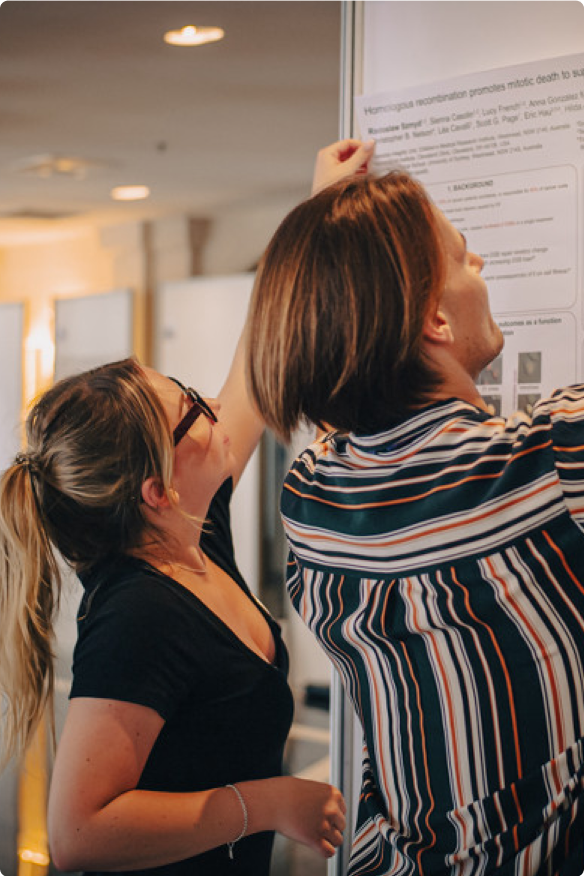

Need some help? Chat to the Fusion team today
As a family run business, our dedication runs deep. We’re committed to each other and, even more so, to every attendee’s experience, delivering a level of care and passion that’s truly unmatched.
